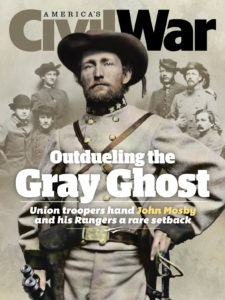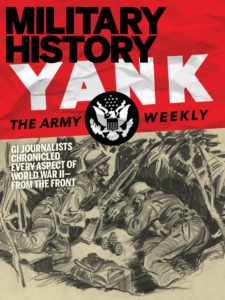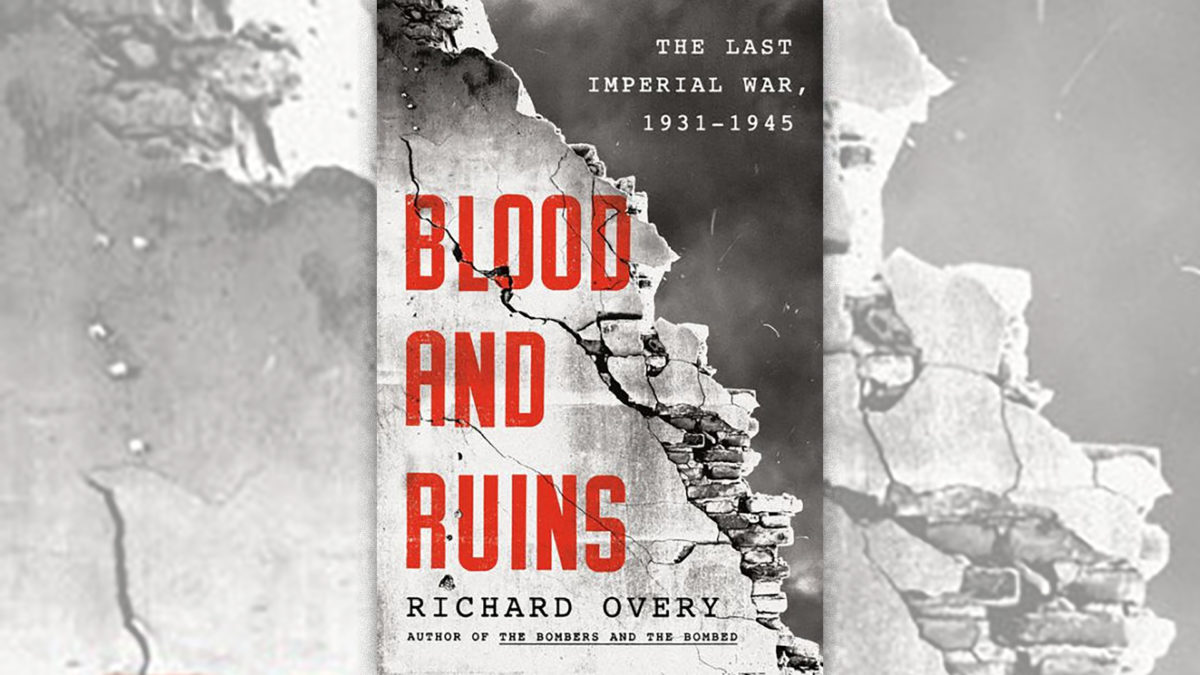First thing, get off Richard Overy’s back about that “last” tag. Of course, Vladimir Putin’s hammerheaded stomp into Ukraine personifies imperialism. Overy’s subtitle refers not to the eradication of dictatorial fantasies but that of imperialism’s place in the world after millennia of ambitious nations deeming it their prerogative, nay, their duty to subjugate other peoples and play their countries like slot machines rigged to pay out every pull. The disdain being heaped on the Russian bully only reinforces Overy’s message — that imperialism as it existed, particularly in its European heyday — is gone gone gone.
Overy’s massive — 877 pages of text, 77 more of notes — undertaking will reward the diligent reader, especially one schooled in the Second World War’s rough outline, with an ever-shifting but consistently illuminating perspective. The author of, among other books “The Bombers and the Bombed” and “The Dictators” cuts among combatant nations, their leaders, the conflict’s various theaters and the generals brawling therein. He varies his focal lengths, sometimes swooping to ground level, other times gliding just above the fighting, and still others maintaining a B-17 bombardier’s-eye distance on the unrelenting and ultraviolent hegemony-seeking and -defending far below.
Overy holds that WWII occurred because a new gang of would-be imperialists, namely Germany, Japan and Italy, wanted to oust old imperialists France, Britain, Holland, Belgium, Russia, et al., and replace them at the troughs of riches generated by and stolen from the latter group’s colonial holdings. Those holdings, following the Great War, were in various stages of play, riding a tide of self-determination that the historic European powers slapped at like rising waters through the ‘20s and ‘30s while warily watching the formerly czarist Russia, now the USSR, evolve into a post-imperial powerhouse. Add bushido-happy Japan’s and Nazified Germany’s individual brands of psychotic self-regard and incessant hunger for power, land and resources, stir in Benito Mussolini and his cheesy predator’s air of entitlement, and the recipe is all but complete, wanting only for circumstance to propel the United States into the mix to complete its transition, begun during World War I, into a superpower.
Shifting among broad themes and individual campaigns along a chronological path, Overy achieves a compelling effect presaged by Victor Davis Hanson in his masterful 2017 work, “The Second World Wars: How the First Global Conflict Was Fought and Won,” which parsed the conflict beginning to end along technological fault lines. Overy prefers a broader perspective, interlacing theaters and operations, but always going for the telling detail, as in his insistent and well-documented reminders that Adolf Hitler’s Germany derived its industrial power from the purposeful, murderous enslavement of a vast international workforce.
A stickler for context and outcome, Overy correctly stretches his subtitle’s express duration, reaching much farther back than the Japanese Kwantung Army’s 1931 seizure of Manchuria and far beyond the war’s official end on Sept. 2, 1945. His closing summary detailing the aftermath decades sets in sharp and eloquent relief the war’s most profound effect: the relentless, frequently ugly and rarely peaceful evolutions of scores of historically downtrodden colonial holdings into a global community of independent nation-states.
historynet magazines
Our 9 best-selling history titles feature in-depth storytelling and iconic imagery to engage and inform on the people, the wars, and the events that shaped America and the world.










